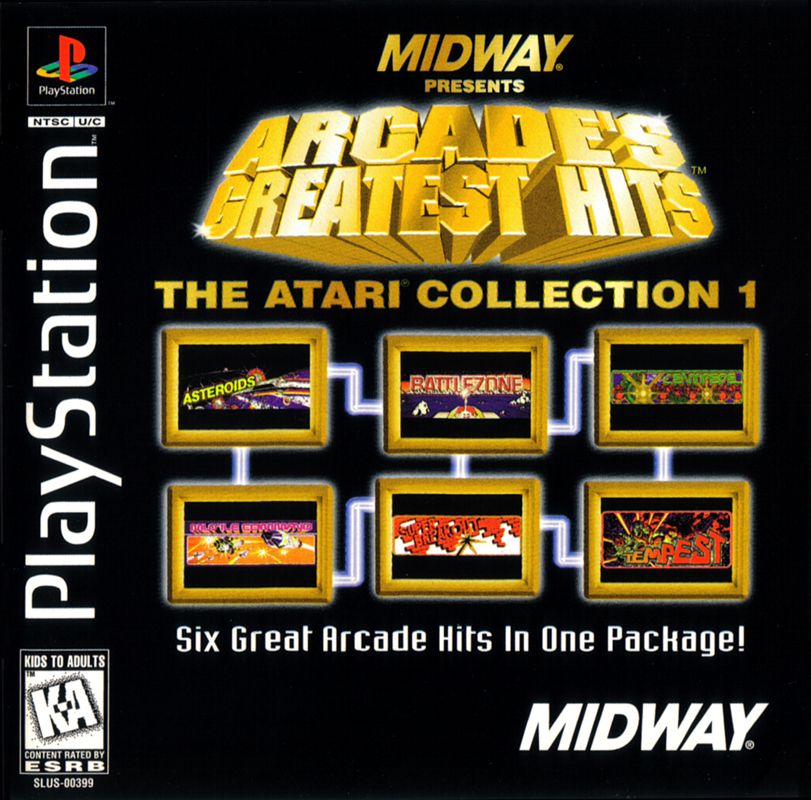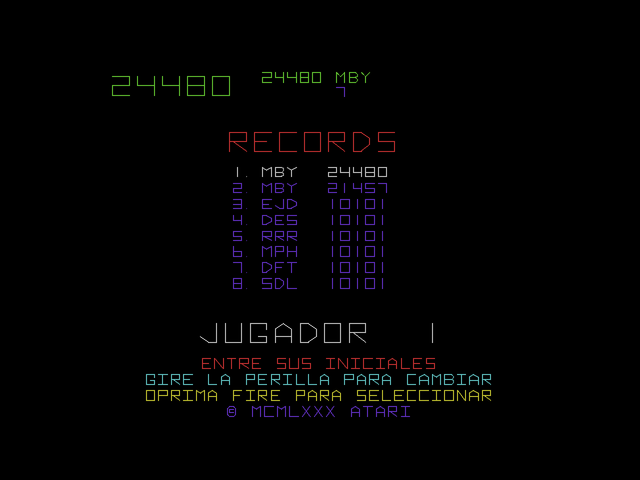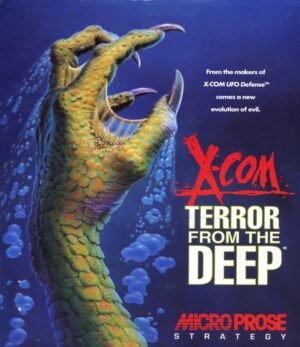Retro Replay Review
Gameplay
Arcade’s Greatest Hits: The Atari Collection 1 delivers a diverse lineup of six seminal arcade classics, each with its own unique mechanics and challenges. From the vector-based shooting of Battlezone to the frenetic, bug-squashing frenzy of Centipede, this collection caters to a wide spectrum of arcade tastes. Each title has been faithfully emulated, preserving the original control schemes and response curves. Fans of Asteroids will appreciate the inertia-based movement and thrust controls, while Tempest’s rotary dial is recreated perfectly on modern controllers.
The difficulty curve remains true to the coin-op originals, meaning new players may find themselves reaching for the ‘continue’ button more often than they’d like. However, the learning curve is part of the charm: mastering Missile Command’s timing or Super Breakout’s paddle precision delivers a genuine sense of accomplishment. The compilation also introduces optional difficulty modes, allowing newcomers to ease into the action with slightly reduced enemy speeds or extra lives.
One notable addition is the inclusion of FMV interview segments, featuring developers and designers who shaped these iconic titles. Interspersed between gameplay sessions, these segments provide context and personal anecdotes that enrich the experience. They don’t interrupt the action—they’re optional unlockables that can be revisited from the main menu, offering a behind-the-scenes look at Atari’s golden era.
Multiplayer options vary by title: Centipede offers alternating turns, while Battlezone allows two players to take on enemy tanks in tandem. Although online leaderboards are absent, the local high-score tables encourage repeated play and friendly competition. In sum, the gameplay experience is both a challenging homage to the arcade golden age and a welcoming introduction for newcomers.
Graphics
Graphically, the collection strikes a careful balance between authenticity and modern polish. Vector-based games like Asteroids and Tempest retain crisp, glowing lines against a pitch-black backdrop, emulating the aesthetic of vintage CRT monitors. Raster titles such as Centipede and Missile Command display their bright, blocky sprites with a faithful pixel grid, complete with scanline filters for those seeking extra nostalgia.
While there are no sweeping high-definition overhauls, screen-scaling options let players choose between pixel-perfect integrity and full-screen smoothing. This ensures that whether you’re playing on a handheld device or a large HDTV, the visuals remain legible and true to the source. The menus and FMV segments are rendered at higher resolutions, resulting in clear text and sharp interview footage that bridge the gap between retro and modern presentation standards.
The user interface pays homage to arcade cabinet marquees, using authentic typefaces and color palettes. Backgrounds emulate the fiberglass side art of classic Atari machines, immersing players in a virtual arcade environment. Simple sound effects accompany menu navigation, further reinforcing the period atmosphere without overstaying their welcome.
Overall, the graphical package is deliberately restrained, focusing on authenticity rather than flashy enhancements. For purists who want the games exactly as they remember them—and for new players curious about early video game art—it succeeds admirably.
Story
Given that most early Atari games are minimalist by modern narrative standards, the “Story” here lies in the history and context rather than character arcs or plotlines. Centipede positions you as a lone wizard fending off an insect onslaught; Missile Command casts you as a last line of defense against an endless rain of warheads. The brief premise of each title is provided in the menu, but the real narrative unfolds in the FMV interviews.
The compilation uses these interview segments to weave a meta-narrative: the evolution of game design, the challenges of early hardware, and the personalities behind Atari’s success. Hearing designers recount coding breakthroughs and late-night playtesting sessions adds depth to what might otherwise be rote high-score pursuits. These stories transform simple arcade games into cultural artifacts, illustrating how each title influenced the industry’s trajectory.
For players seeking character-driven plots, the minimalism might feel underwhelming. Yet, the historical context compensates by delivering a richer understanding of why these titles matter. Discovering how Asteroids’ vector display was a technical marvel of its time or how Tempest’s color cycling pushed hardware boundaries adds an educational layer that enhances repeat playthroughs.
In essence, the “story” of Arcade’s Greatest Hits is twofold: the on-screen action and the off-screen anecdotes. Together, they offer a retrospective journey through gaming’s infancy, turning each high-score run into a celebration of innovation.
Overall Experience
Arcade’s Greatest Hits: The Atari Collection 1 excels as both a nostalgia trip for seasoned gamers and a historical showcase for newcomers. The tight emulation ensures that every ship you pilot, bug you squash, or asteroid you destroy behaves exactly as it did in its 1980s heyday. Optional display filters and control configurations make it accessible on modern platforms without sacrificing authenticity.
The FMV interviews are the collection’s standout feature, providing context that elevates the games from simple pastimes to milestones in interactive entertainment. These segments are well-produced, featuring candid recollections from Atari’s original team members. They’re not essential to enjoyment but serve as compelling bonus content that adds replay value.
While the lack of online leaderboards and additional modern enhancements may disappoint some, the compilation’s focus remains squarely on preserving classic gameplay. Local high-score tables, configurable settings, and faithful recreations deliver a pure, unfiltered arcade experience. For those who remember feeding quarters into a cabinet, every pixel and sound effect evokes that familiar jingle of a spare change struggling in the slot.
Ultimately, this collection offers great value for anyone interested in gaming history or timeless, challenging gameplay. With its curated lineup of Atari’s finest early hits and engaging documentary-style extras, Arcade’s Greatest Hits: The Atari Collection 1 stands as a definitive way to experience—and appreciate—the roots of arcade gaming.
 Retro Replay Retro Replay gaming reviews, news, emulation, geek stuff and more!
Retro Replay Retro Replay gaming reviews, news, emulation, geek stuff and more!









Reviews
There are no reviews yet.